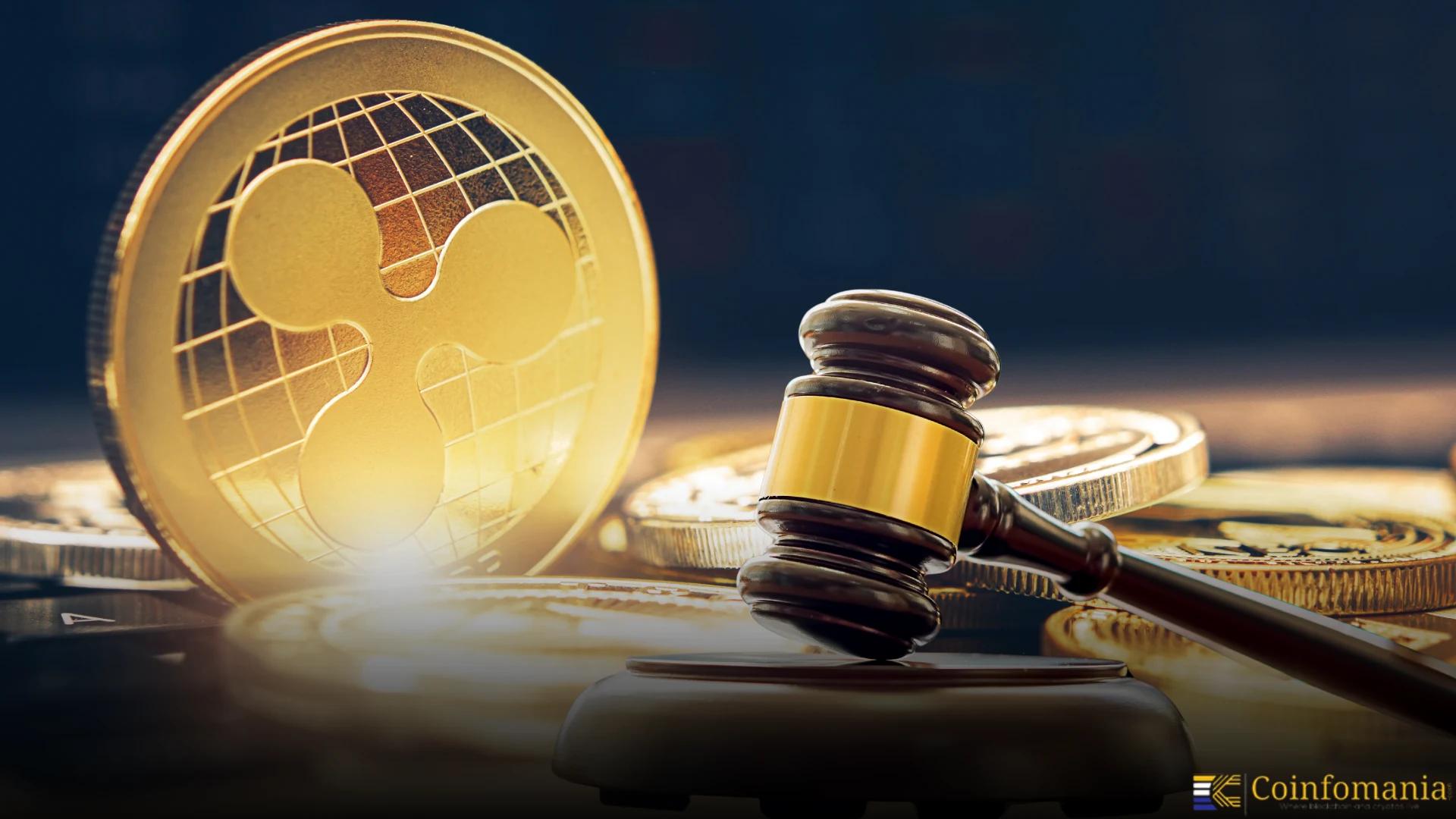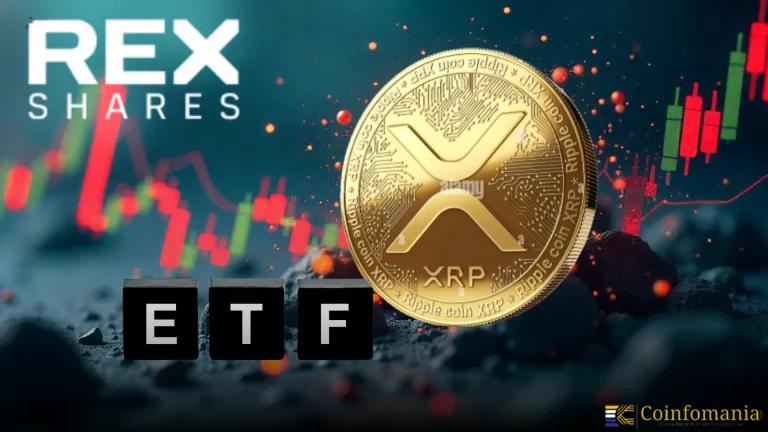Ripple Highlights Custody as Key to $18.9T Tokenized Assets by 2033
Ripple highlights that institutional-grade custody is essential for the $18.9 trillion tokenized assets market by 2033.

Quick Take
Summary is AI generated, newsroom reviewed.
Ripple argues that the future of the $18.9 trillion tokenized asset market depends on robust, institutional-grade custody solutions.
The company's report reveals that over half of firms plan to adopt custody platforms within three years, even though only 30% currently use them.
Key priorities for custody infrastructure include compliance-by-design, flexibility, operational resilience, and strong governance.
Ripple also highlighted its stablecoin, RLUSD, as an example of a regulation-first approach to building a trusted custody framework.
Ripple is making custody the foundation of the digital asset revolution. The company argues that the future of $18.9 trillion in tokenized assets by 2033 depends on one crucial factor: institutional-grade custody. At a recent workshop with the Blockchain Association of Singapore (BAS), Ripple highlighted that custody has moved far beyond being a technical service. It is now a pillar of institutional trust, operational resilience, and regulatory compliance.
Custody underpins stablecoins, cross-border payments, and tokenized real-world assets. With adoption accelerating, institutions need solutions that are both secure and adaptable. Ripple’s latest report shows that only 30% of firms currently use custody platforms. However, more than half plan to adopt them within three years.
Five Priorities for Custody Infrastructure
The workshop outlined five themes shaping the future of custody. The first is compliance-by-design. Custody platforms must be built to meet regulations from day one, not retrofitted later. This approach builds trust, supports asset recovery, and creates transparent audit trails. Second is flexibility. Custody is not a one-size-fits-all model.
Some institutions manage assets themselves. While others rely on external providers. A growing number choose hybrids that blend both approaches. The best option depends on risk tolerance, transaction scale, and daily operational needs. Third is operational resilience. Firms expect custody platforms to run without disruption. Even during market stress or technical failures.
This requires layered security, strong incident response, and alignment with global rules like Europe’s Digital Operational Resilience Act. Governance also plays a vital role. Clear internal controls, divided responsibilities, and independent oversight help reduce risk. Finally, custody underpins stablecoin adoption. Payments, liquidity management, and trade finance all demand enterprise-grade custody that works seamlessly with existing systems while satisfying regulators.
Scaling Stablecoins and Tokenization
Stablecoins are already being tested in payments and trade. But widespread adoption requires a custody infrastructure that can scale effectively. Institutions want real-time tracking, programmable settlement, and transparent compliance. Ripple pointed to its own stablecoin, RLUSD, issued under a New York Trust Company Charter, as an example of regulation-first innovation.
Beyond stablecoins, custody could eventually extend to tokenized documents like compliance certificates or environmental reports. This would connect digital paperwork with onchain finance, making business processes faster, more efficient, and easier to audit.
Looking Ahead
Ripple views custody as the entry point to the growing tokenized economy. As more institutions adopt digital assets, demand for transparent and resilient custody solutions will rise. The next stage could bring closer integration with smart contracts and programmable finance. The next phase may involve deeper integration with smart contracts and programmable finance. If successful, custody will help tokenized assets transition from an emerging trend to a mainstream feature of global markets.
Follow us on Google News
Get the latest crypto insights and updates.
Related Posts

Nubank Expands Payments With Dollar-Pegged Stablecoins
Shilpa Patil
Author

REX-Osprey Spot XRP ETF Goes Live Sept 12 in Landmark US Debut
Shweta Chakrawarty
Author

Forward Industries Raises 1.65 Billion For Solana Treasury
Ashutosh
Author